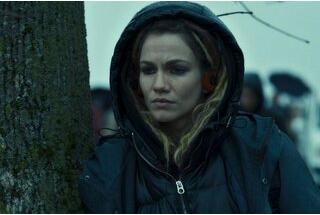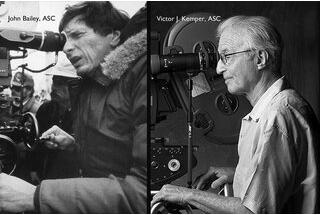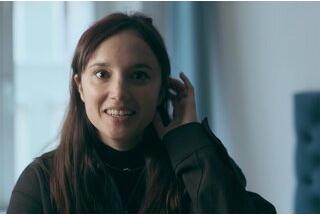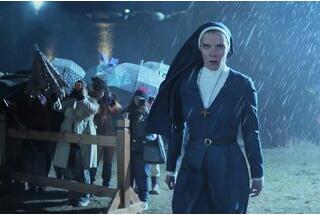The Leica Freedom Train
A story of Ernst Leitz II from WetzlarAt a time when almost all German industrial giants supported National Socialism, Ernst Leitz II was keen to help many Jews get out of Germany and save their lives. His daughter Elsie, in 1943, was even imprisoned because she also helped them escape and supported forced labourers of Ukrainian origin.
This episode is known today, but not to everyone, because the Leitz family was careful to keep it quiet. It was only after the decease of all the members who had lived through this period that they began to speak out on the subject.
I think it is important to talk about it today because this type of exceptional behaviour restores faith in humanity.
Ariane Damain Vergallo has combined the translation of existing articles with new recent sources as well as historical data including the direct testimony of Ernst Leitz II’s own great-grandson and grandson of Elsie Kühn-Leitz, Oliver Nass.
Michel Abramowicz, AFC
The Leica Freedom Train
When visitors enter the lobby of the Ernst Leitz Hotel in Wetzlar, Germany, they are greeted by a large pointillist portrait of Ernst Leitz II, the creator of the Leica, with this sentence, which is all the more enigmatic because it is in German: "Ich entscheide hiermit, es wird riskiert", "I decide that we take the risk".
Anyone who is not familiar with an episode in the life of Ernst Leitz II, which has remained a secret for a long time, will readily imagine that this famous "risk" is of an industrial nature and refers to the invention and marketing, against the advice of his circle, by the Leitz firm of the first modern camera, the LEICA, a contraction of LEitz and CAmera.
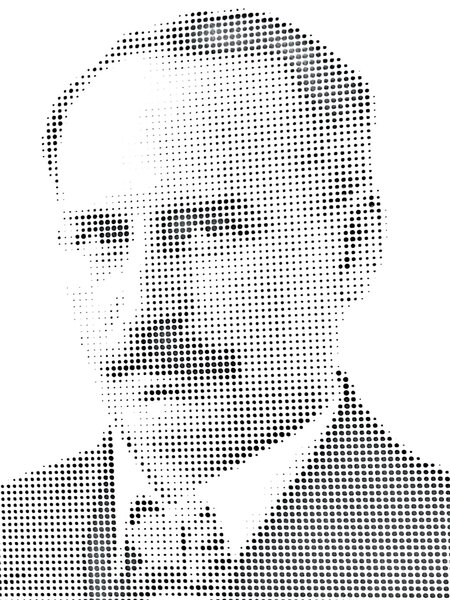
Indeed, at the dawn of the First World War, the Leitz company had a worldwide reputation for the quality of its microscopes and lenses. Ernst Leitz II hired Oskar Barnack, a brilliant engineer, and gave him a free hand.
Oskar Barnack had an idea that he did not know would revolutionise the practice of photography and make the company even more successful.
Oskar Barnack was passionate about photography but unfortunately asthmatic, and his doctor formally forbade him to take photographs, as the photographic equipment of the time was heavy and cumbersome. He then had the idea of adopting the 35mm film that ran vertically in their cameras from the French Lumière brothers and of creating a light, handy and robust box where the film ran horizontally, with the photos being printed using an enlarger and no longer by contact.
Ernst Leitz II travels to New York with this Leica 0, the world’s first 35mm camera, and brings back spectacular photographs that provoke great excitement. The Leica 1 went into industrial production in 1925.
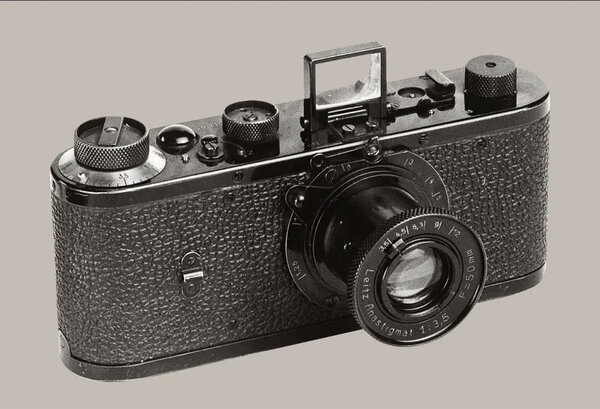
Leitz was then a family business run by Ernst Leitz II, the son of its founder Ernst Leitz. Ernst Leitz II, who was of Protestant origin, was a "people-friendly" boss who cared a lot about his employees and was one of the first to provide them with a health insurance and a pension.
He was also an active member of the Democratic Party - a liberal party of the Weimar Republic - which promoted the defence of democracy.
He observed with fear the rapid rise of Adolf Hitler at the same time as the crash of 1929.
As early as 1933, the year Adolf Hitler was elected as Chancellor of Germany, Ernst Leitz II, then 62 years old, began receiving calls from Jewish employees asking for his help in getting them out of the country.
He and his family were Christians and, as such, were protected by the Nuremberg Laws which restricted the movement of Jews and limited their professional activities.
Eager to help them, and at the risk of his own safety, Ernst Leitz II conceived a secret way to get them out of Germany.
Later, Holocaust historians would call it the "Leica Freedom Train," a phrase that is the opposite of the "death trains" that would transport millions of Jews to the concentration camps. But this expression does not quite sum up the feat of strength of making hundreds of people change their country and their lives.
For this purpose Ernst Leitz II hired people of Jewish origin at the Wetzlar factory who, after a period of training in his company, were assigned to the Leitz, Inc. office in New York. They then took the train to Bremen in northern Germany where they boarded a ferry with a Leica camera. At the end of their journey, they received some cash and the Leitz, Inc. office in Manhattan helped them to find a job in the photographic industry. They became designers, camera repairers, salesmen and journalists for the photographic press.
In November 1938, after Kristallnacht, when synagogues and Jewish shops were burnt down across Germany, not only Jewish Leitz employees caught the "Leica Freedom Train", but also family members and sometimes even friends, who found themselves assigned to Leitz sales offices around the world.
Then, on 1 September 1939, when Germany invaded Poland and closed its borders, the "Leica Freedom Train" came to a halt.
But not the help that Ernst Leitz II intended to continue giving to the Jews and forced labourers that the Third Reich made available to him during the war.
Because in parallel to this secret and dangerous activity, Ernst Leitz II was the director of a company that supplied essential material for the war that Adolf Hitler was waging from 1939 onwards.
Indeed, Leitz manufactured control systems for V2 rockets, range finders and optical sighting systems for weapons, tanks and aircraft. Joseph Goebbels, the propaganda minister, even equipped his photographers and journalists with Leica cameras.
At that time Leitz was considered a model company whose international reputation and prestige benefited the Reich. The Nazis were not suspicious of Ernst Leitz II, but he was under constant observation because he employed "non-conforming" people in his team, such as his sales director, who had helped a Jewish family and whom he was forced to retire without paying his full salary, and his financial director, who was Swiss.
Thus, unable to get any more Jews out of Germany, Ernst Leitz II continued to help those who had to stay. He bought property from Jewish people above its value and sent the money abroad, helped them financially or gave them cars to escape. His daughter Elsie Kühn-Leitz looked after 700 Ukrainian forced labourers in camps. She provided them with daily food, care, and welcome entertainment.
In 1941, in order to avoid expropriation, Ernst Leitz II was forced to join the NDSAP, the Nazi party, which he was much criticised for after the war. However, his courage, which was beyond all suspicion, would not be known until the beginning of the twentieth century when the Anti Defamation League in the United States awarded him the "Courage to Care Award". Ernst Leitz II was posthumously awarded the title "Schindler of the Optical Industry".
In 1943, the Nazis learned from a tip-off that Ernst Leitz II’s daughter, Elsie Kühn-Leitz, had helped a Jewish woman from Wetzlar to escape to Switzerland.
The Gestapo arrested her and her father. She took all the blame and was imprisoned without being judged in Frankfurt. After three months, her father managed to get her out of prison, saving her from being deported to a concentration camp.
Ernst Leitz II then realised that he was in the Nazi’s target, regardless of his service to the regime. In 1944, unable to bear the situation any longer, he had a serious nervous breakdown.
After the war he even learned that the Nazis had always intended to ban him aside.
Ernst Leitz II died in 1956 at the age of 85, without anyone, even in the family circle, knowing about his heroic acts.
True to his motto, "Do good but don’t talk about it", his successors will never mention it. It was only after the death of the last witness of that time that the story was revealed.
And it is by knowing his courage that the enigmatic sentence that greets the visitor to Leitz Park in Wetzlar takes on its full meaning:
"Ich entscheide hiermit, es wird riskiert", "I decide that we take the risk".
And what a risk!
Ernst Leitz II was an exceptional man who always put his convictions into practice.
Ariane Damain Vergallo
(Translated from French by Tommaso Vergallo)
 En
En
 Fr
Fr
